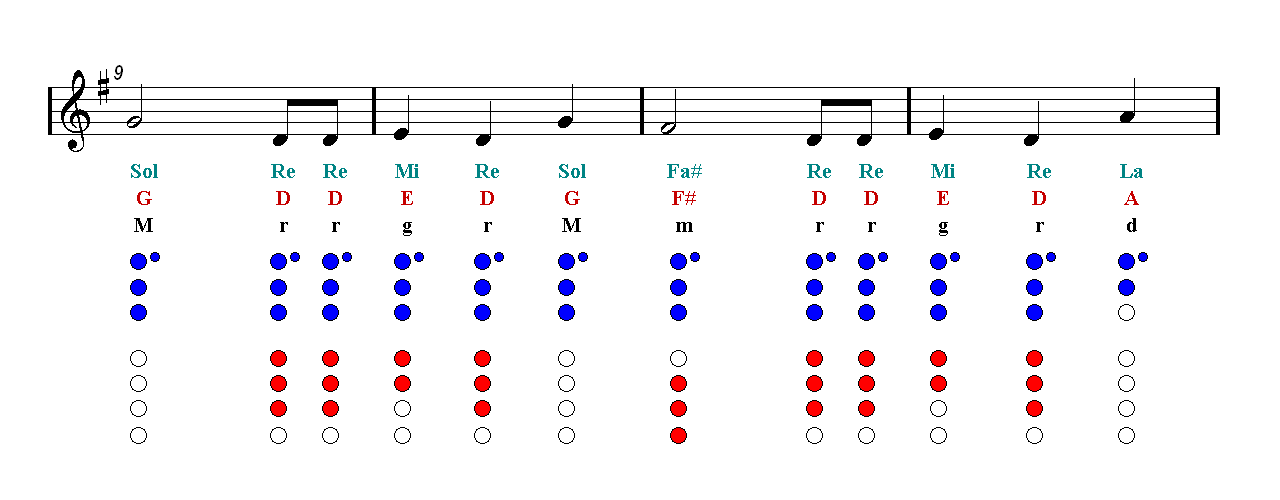

It's only a matter of time before you either start to "hear" your own musical ideas, or can fill in appropriate sounding notes during the span of time that you would normally be playing the melody. This also helps if you want to improvise, as you learn to group your musical ideas within the structure of the piece, and you have a much better sense of the key/chord progressions. Eventually you can play the chords along with the melody if you've got some familiarity with your instrument or a good command of music theory. Go to your library and borrow a stack of CDs with folk tunes or short pieces (even classical, pop, rock, or anything else you may be interested in) and if you hear a song you really like, sit down and try to figure out at least the chord progression or the melody. I would recommend Celtic reels and jigs, but there's so much music out there for you to choose from.

Then try to find other pieces that have an easy to identify structure (the pattern of the song, is it an ABAB patternn, or AABB pattern? Eight measures each?), perhaps certain kinds of folk music. I'd recommend starting by trying to figure out simple songs first (happy birthday, twinkle twinkle, Mary Had a Little Lamb, anything else that is very familiar to you). From what I understand, Suzuki method essentially exposes the student to the music so that it becomes internalized (the student knows the piece or at least how it sounds) before the student actually sees the sheet music for it.Įven still, you won't miss out if you don't pursue Suzuki, you can learn by ear independently. Like others have said, if you want to do more complex by-ear learning, you may want to seek training in jazz or other improvisation oriented disciplines as well.

You can stick with the traditional way and still learn to play by ear.


 0 kommentar(er)
0 kommentar(er)
